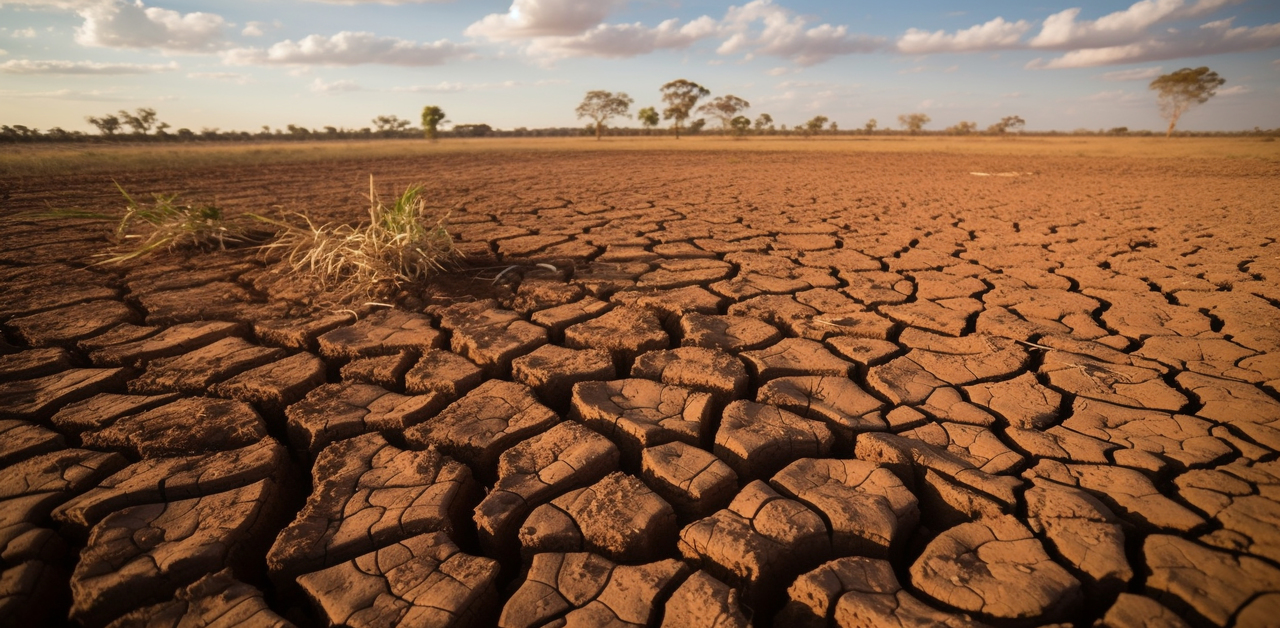Agriculture comes from the soil, which is also the foundation of all life on Earth. The arid soil occupies a distinct position among the numerous types of soil that exist on Earth.
This is soil typically found in arid and desolate areas, and it is a story of survival against harsh climatic conditions.
Although it is one of the most challenging soils to cultivate, arid soil has its unique characteristics, significance, and potential if utilized wisely.
In this article, we will discuss the arid soil, formation process, Major suitable crops for this soil, and challenges faced by this soil and solutions, etc.
Table of Contents
What is the Arid Soil
Most of the time, you’ll find dry soil in places where there isn’t much rain, usually less than 250 millimeters per year.
Extreme heat, low precipitation, and a scarcity of plant life characterize these drylands, which comprise deserts and semi-desert areas.
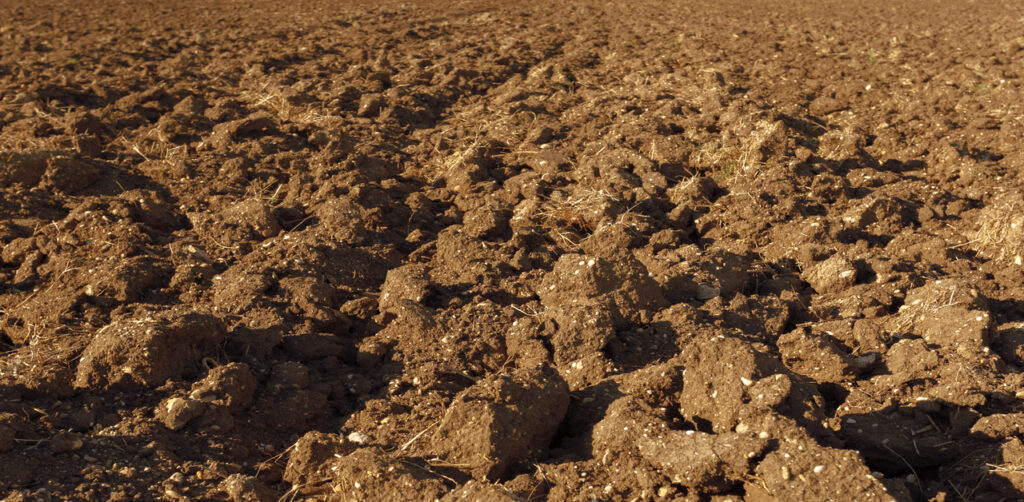
In Rajasthan, Gujarat, parts of Punjab, and Haryana, dry soils are common.
When the rate of evaporation is significantly higher than the rate of precipitation, an arid soil is formed in an arid or semi-arid climate.
Plant growth is difficult to achieve without proper management due to the low level of organic content and low moisture retention.
Characteristics of Arid Soil
1. Color and texture: The texture of arid soil is typically sandy and gravelly.
Usually, it’s a light brown or a reddish color.
The soil has a loose structure and coarse sand.
2. Low Organic Composition: The soil has very little organic matter, which is important in farming healthy crops because of the microbial life and the lack of vegetation.
3. Nature Alkaline: Due to their extremely alkaline pH, arid soils are typically alkaline in nature.
This kind of alkalinity might make it harder for plants to take in nutrients.
4. Low Capacity to Hold Water: It is sandy and has low humus content, and hence, the soil does not retain water so much, and irrigation is essential in cultivation.
5. Calcium Carbonate: Most dry soils contain excessive amounts of calcium carbonate or lime, which may result in the creation of a hard crust or kankar layer under the surface.
6. Salinity: In some places, dry soils can also become alkaline or saline, especially if the wrong irrigation methods are used.
If you want to buy a decorative article for your beautiful house, then you should visit here.
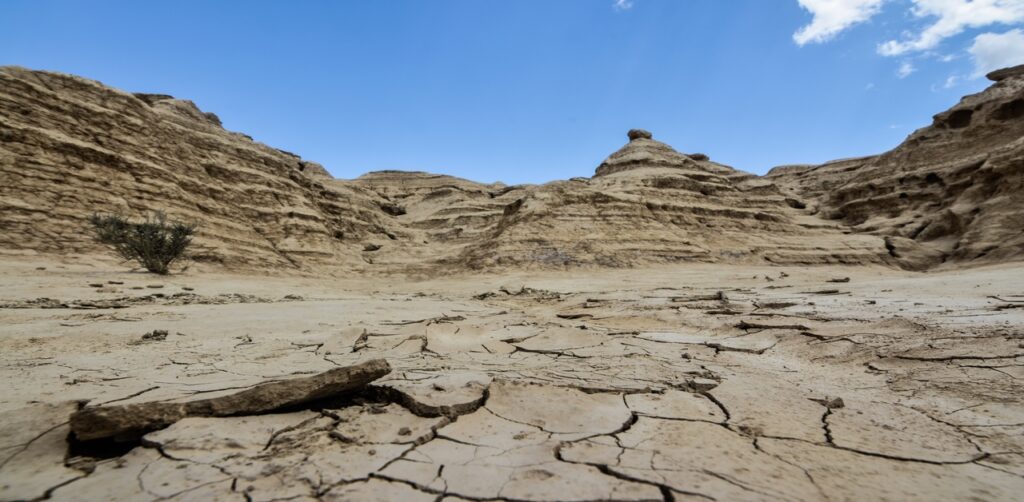
Development of Arid Soil
The primary cause of desert soil is the weathering of the old rocks.
Gradually, the fine ones are swept away by the wind, and only the coarser ones, which are sand-like particles, are left as a result of less rainfall.
The absence of organic contribution by plants and animals retards soil formation, and therefore, the soil is one of the least fertile soils in its natural state.
Distribution of Arid Soil
In the world, desert lands are covered with arid soils like
The Sahara Desert in Africa, India, and Pakistan, the Thar Desert
The Middle East and sections within Central Asia
The states of the Southwest of the United States and Mexico
Some parts of Australia
The largest portion of arid land in India falls in the northwestern states, especially Rajasthan, where the Thar Desert occupies a large portion of land.
Some areas of Kutch, Gujarat, dry regions of Haryana, and Punjab also have arid soils.
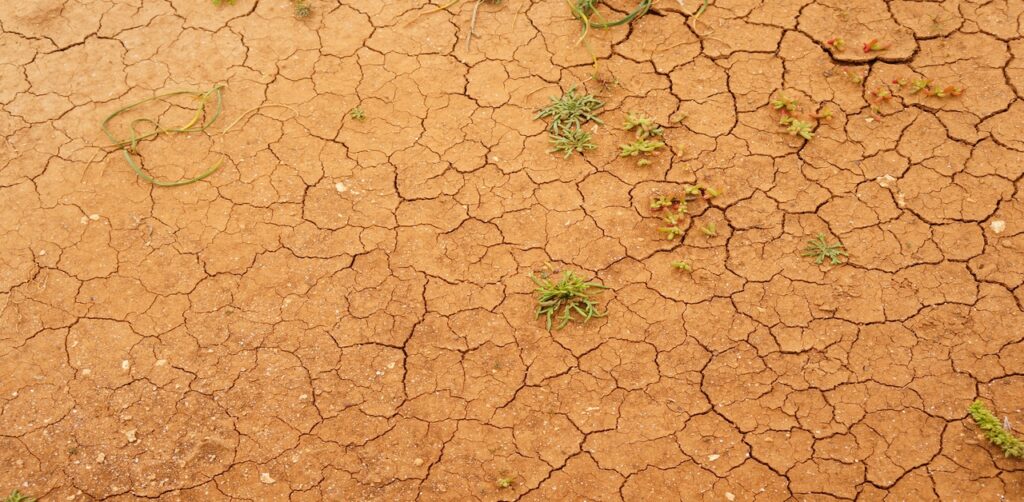
Challenges with Arid Soil
One of the most significant drawbacks of dry soil is its low fertility due to its lack of essential nutrients and low organic matter.
1. Water Scarcity: Water plays an important role in the desert regions. The lack of irrigation makes farming close to impossible.
2. Soil Erosion: The common problem is wind erosion. The strong winds easily blow the sand granules away.
3. Salinity and Alkalinity: Excessive pumping and irrigation tend to cause salinization, when salts build up in the ground, lowering the productivity further.
4. Extreme temperatures: The desert areas witness drastic temperature changes, which may strain the plants and soil beings.
Improving Arid Soil for Agriculture
Even though it is difficult, modern farming techniques and sustainable farming can adapt arid soil to accommodate agricultural land. The following are some examples:
1. Management of Irrigation: Drip irrigation or sprinkler systems can be used to water them, saving water and preventing salinization.
2. Introducing Organic Matter: The soil becomes more structured as a result of the addition of compost, manure, and green cover crops, making more nutrients accessible.
3. Mulching: Using natural or synthetic mulch on the soil decreases evaporation, suppresses weeds, and enhances retention of moisture.
4. Windbreakers and Shelter Belts: Wind erosion can be curtailed by planting trees or shrubs around fields.
5. Application: Gypsum is useful in alkaline soils because it helps to improve the texture of the soil and lower the pH so that plants can easily get their nutrients.
6. Cultivating drought-resistant plants: Millets, pulses, dates, and other varieties of cotton and barley are among the other crops that thrive in dry conditions.
Importance of dry soil
The Importance of Dry Land Although dry soil presents great constraints, it has its value in the following ways:
1. Maintains Special Ecosystems: Deserts contain a diverse range of flora and fauna that are adapted and, in many cases, unique to the desert.
2. Mineral-rich: In arid places, there are rich deposits of important minerals, such as gypsum and salt, and some metals.
3. Cultural and Economic Importance: Numerous communities in arid regions rely on animal grazing and the dryland farming method.
4. Solar Energy Potential: Since drylands receive a lot of sunlight, they are ideal locations for obtaining solar energy.
If you want to read an article about soil in detail, you can click on Arid Soil.
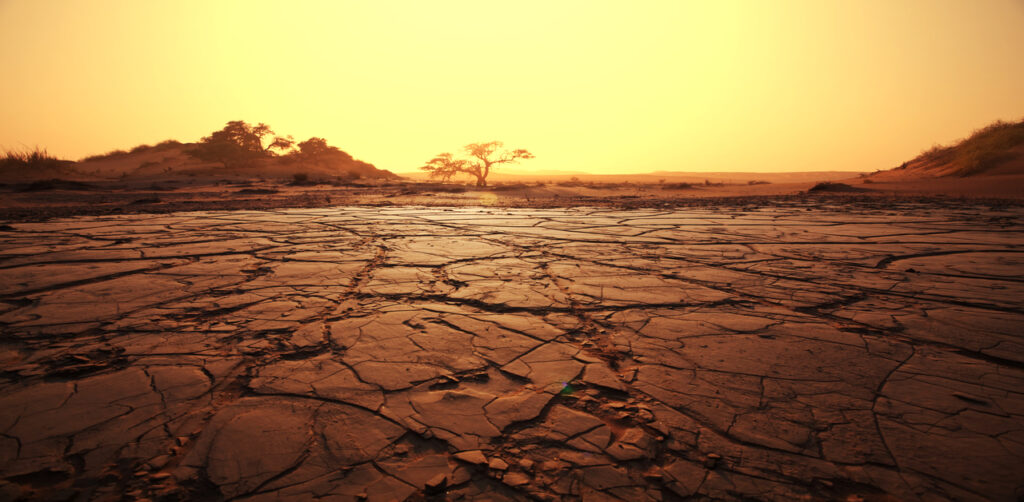
Conclusion
Dry soil as a soil type is not something a farmer wants to see, but with the use of some tactics and a pinch of creativity, it can be transformed into a valuable source.
The potential of arid soil can be exploited in many ways, including the utilization of the mineral resources and the development of drought-resistant crops.
Due to the rising threat of desertification in different regions of the globe under the effect of climate change, awareness and control of arid soil have become even more significant.
These dusty, desolate environments have the potential to become places of development and potential with an investment in sustainable land use.
We shouldn’t assume that arid lands will become dry in the future. Rather, we should care for the soil in a landscape that is still flourishing.

